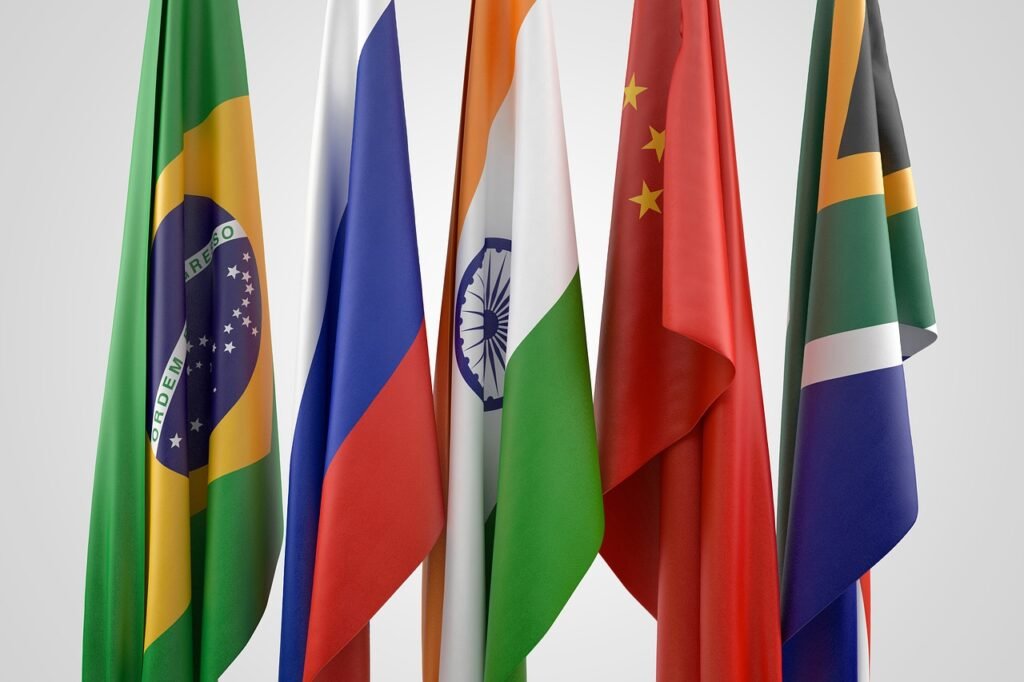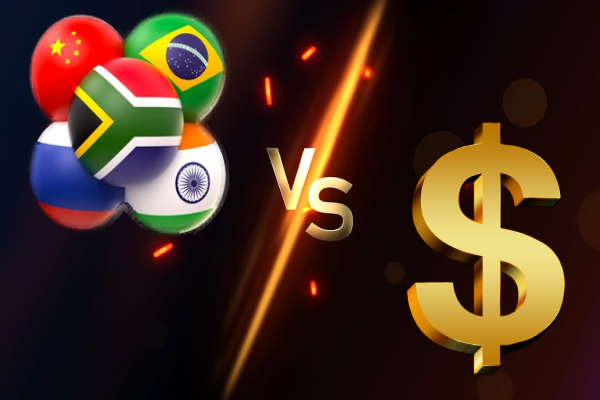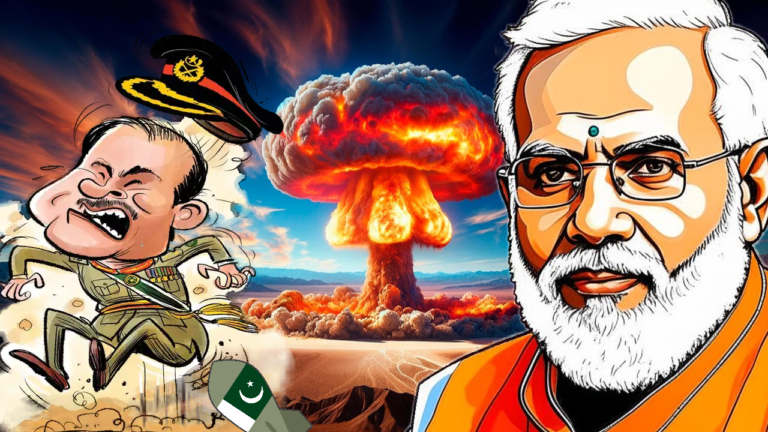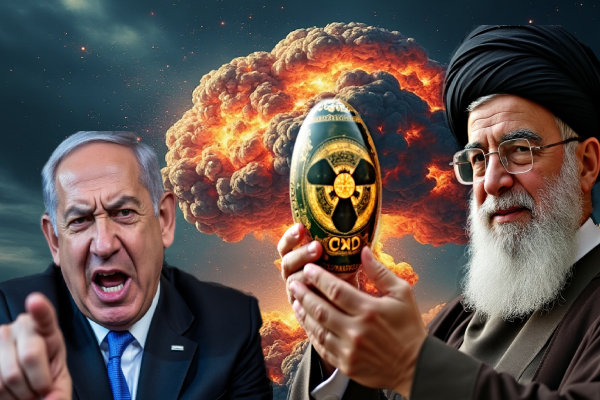The world today is moving away from unipolarity and towards multipolarity. Multipolarity is the consequence of re-balancing, in the sense that there are many more independent centres of decision-making making. It shifts international politics in the direction of finding convergences and overlaps. The emergence of groups like ASEAN, SCO, BRICS, and QUAD are examples of the arrival of a multipolar world.
After the end of World War II, the Western-dominated international world order was in the making and it was established after the disintegration of Soviet Union in 1991. The arbitrariness of this Western-built international system was foisted upon third-world countries, which they unwillingly accepted as their dissenting voice did not find any ear. As the doors of G7 were closed for emerging countries like India, Brazil and China, they decided to form BRIC, as they felt this would help them make their voice heard. In 2010 South Africa also joined the group, making it BRICS.

Scepticism was always high regarding the success of BRICS, but with the inclusion of new members like Egypt, Iran, UAE, Saudi Arabia, and Ethiopia, transforming the group to BRICS+ has proved many experts wrong. It will not be an exaggeration to say that BRICS+ is the most powerful group after G20 and G7. BRICS+ hold half of the world’s population and accounts for almost 40% of global GDP. The trade in goods among BRICS+ countries surpassed trade between BRICS+ and G7.
The inclusion of rich countries like the UAE and Saudi Arabia will diversify and expand the financial resources of BRICS+. The group also established a Contingent Reserve Agreement to help member countries with financial help from a pool of reserves. The Western international monetary institutions like IMF and World Bank impose harsh loan conditions on borrower countries, many times raising inflation or further deteriorating the already strained economy of a country, therefore, the Contingent Reserve Agreement serves as an alternative source of finance for developing countries.
The next BRICS+ summit is to be held in Russia, in October 2024, and on the table is a hotly debatable BRICS currency. Most of the members trade among themselves in their national currencies, for example, Russia and China trade in Rubal-Yuan, India and UAE in Rupee-Dirham, and India and Russia in Rubal-Rupee.
After the start of the Russia-Ukraine war, Russia offered oil and natural gas at discounted rates. In this period, Russia became the largest source of crude oil for India surpassing Iraq and Saudi Arabia. Because Russia is removed from the international SWIFT payment system and it is not trading in dollars, India purchased Russian crude oil in rupees, leaving Russia with a larger amount of rupees in its forex and because the rupee is not that strong currency in the international market Russia was compelled to invest rupees back in Indian market. To eliminate these kinds of trading issues BRICS proposed to launch its currency.
BRICS+ countries are keen to reduce their dependence on Western-led financial institutions. It is also actively preparing to launch its independent payment system called BRICSpay. The unilateral Western sanctions on member countries are compelling them to have BRICS currency to offset the effects of sanctions on their economies. The addition of oil-producing countries like Saudi Arabia, Iran and UAE to the group adds to the concern of the Western countries as these countries could start trading with other member countries in their national currencies or future BRICS currency, which could accelerate de-dollarisation, given the fact that BRICS+ countries account for 32% of world output of natural gas, 43% of crude oil and accounts for 38% of world’s petroleum imports.

India being the founding member of BRICS, needs to walk a thin line to balance its relations with Western countries. One of the pioneers of the non-alignment movement, India, is maintaining not equal distance, but equal closeness, signalling a shift from non-alignment to all-alignment. For India, multilateralism is the best international world order as it gives equal representation to developing countries on an international stage. In his address to Asia Society in the USA, S Jaishankar emphasised multilateralism and plurilateralism.
India and its relations with the USA and European countries are on an upward trajectory, with significant cooperation in sectors like defence, space, maritime, cyber security, technology, and climate change. Given India’s positioning in today’s world order, it can try to extract maximum benefits from these relations by using BRICS as a bargaining card. All the permanent members of United Nations Security Council except China are advocating for a permanent seat for India in UNSC, this might be a tactic to pull India away from BRICS+ countries and bring it into their sphere of influence. Diplomatic challenges for India in getting the best out of the international world in the most effective way possible are high.
The road ahead for BRICS+ is not as smooth as it looks. The group comprises geopolitical rivals like India-China or Iran-Saudi Arabia and their domestic political and economic systems are also diverse, making it difficult to reach a consensus that is in the interest of every member country. The Western world could use these differences among BRICS+ to render it ineffective.




